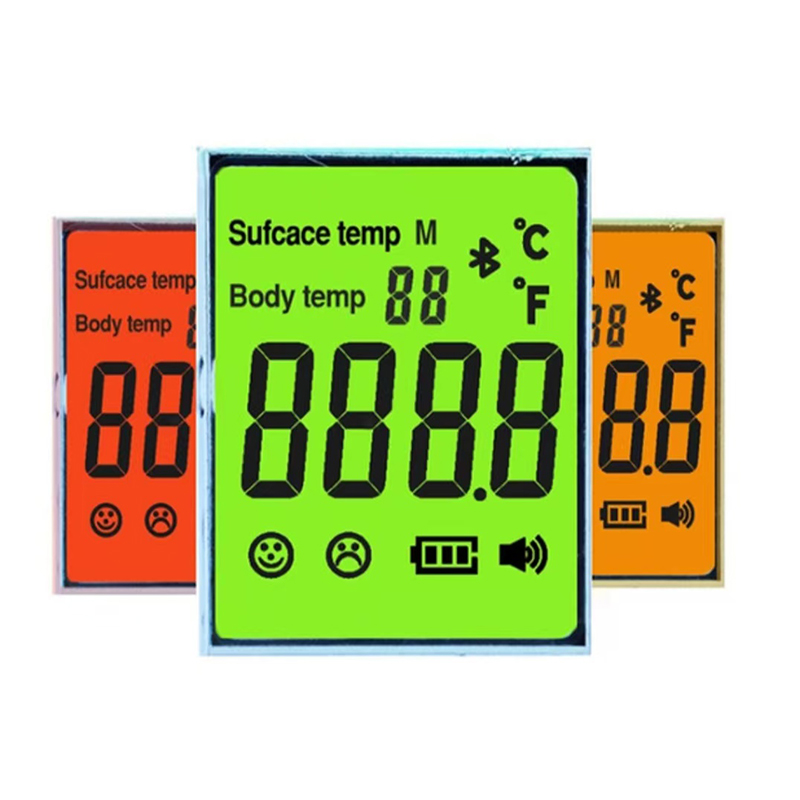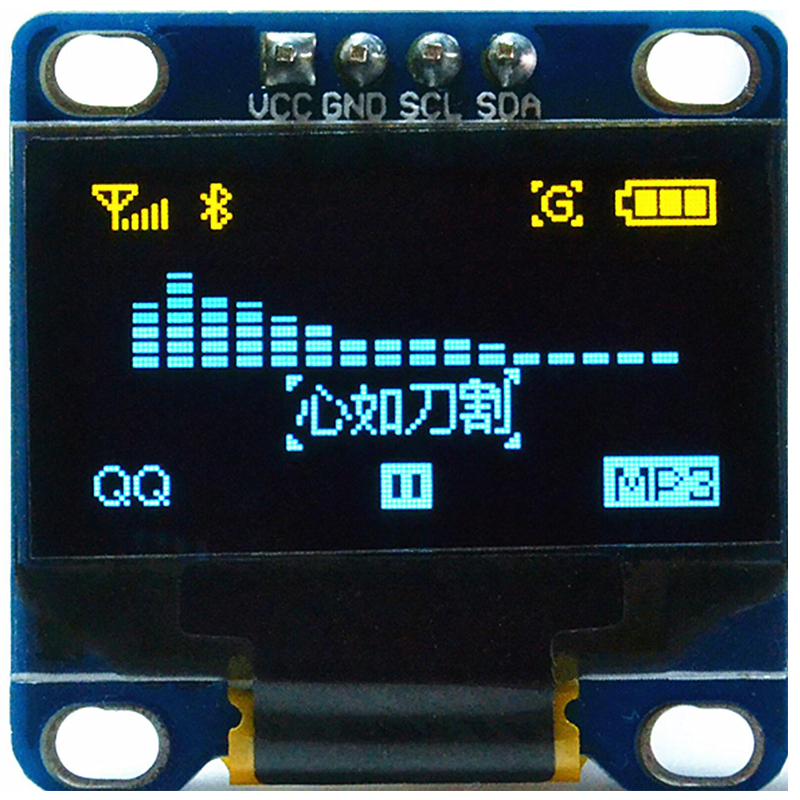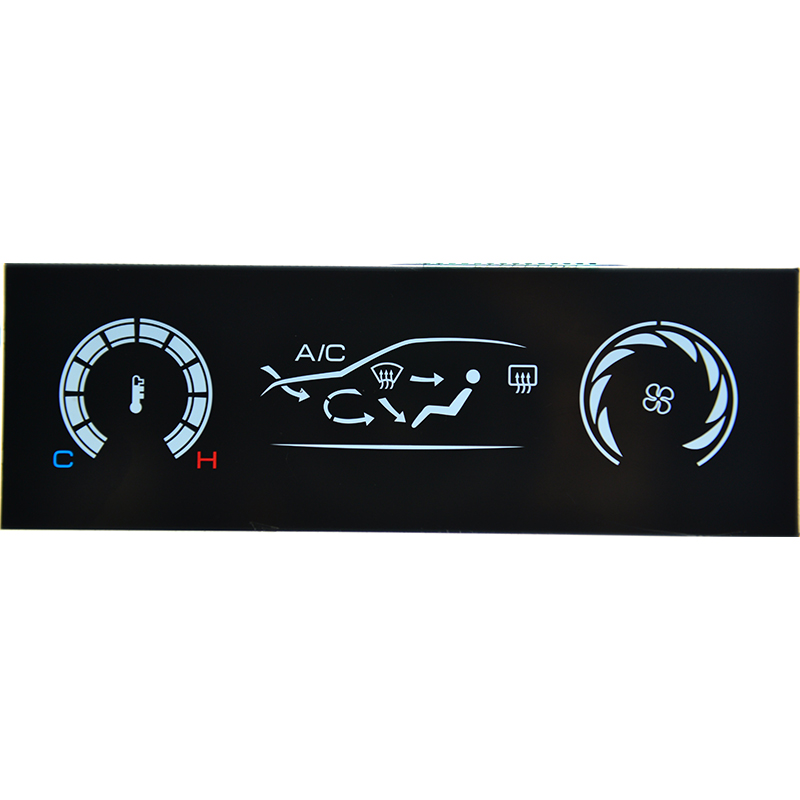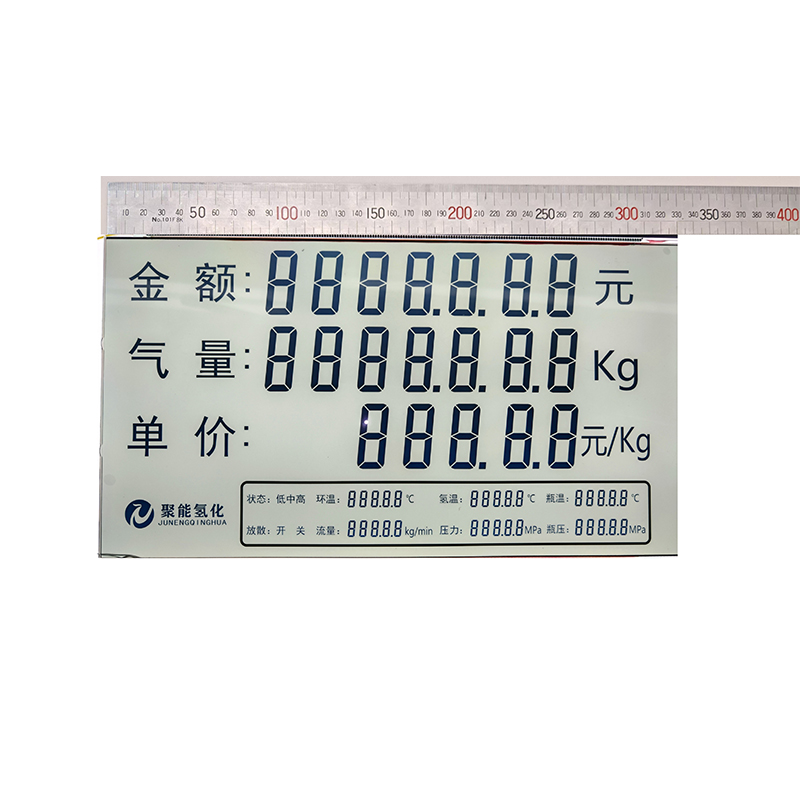
This guide provides a complete walkthrough on utilizing 8x8 LED dot matrix displays with Arduino, covering setup, programming, project ideas, and troubleshooting. Learn how to create dynamic visuals and interactive projects using this versatile technology. We'll explore various techniques and provide practical examples to help you get started, regardless of your experience level.
An 8x8 LED dot matrix display is a common component in electronics projects. It's a grid of 64 individual LEDs (8 rows x 8 columns) that can be individually controlled to display text, numbers, symbols, and even simple animations. These displays are relatively inexpensive and easy to interface with microcontrollers like the Arduino, making them popular for hobbyists and professionals alike. Their compact size and bright display make them suitable for a range of applications.
Several manufacturers offer various 8x8 LED dot matrix displays, each with slightly different specifications. Key factors to consider include: brightness, viewing angle, common anode vs. common cathode configuration, and the availability of supporting libraries.
A crucial distinction lies in the type of display: common anode or common cathode. Common anode displays require you to ground individual LEDs to light them, while common cathode displays require you to supply power to individual LEDs. Make sure to select the correct type and adjust your Arduino code accordingly. Incorrect wiring can damage your display.
Connecting your LED dot matrix display to your Arduino involves wiring the display's pins to the Arduino's digital pins. You'll need to consult the datasheet for your specific display to determine the pinout. Typically, you'll need to connect the rows and columns of the LED matrix to separate digital pins on your Arduino. Remember to correctly identify the common pin (anode or cathode) and connect it to the appropriate voltage (typically 5V or 3.3V, depending on the display). It's crucial to use appropriate resistors to prevent damage to the LEDs. Datasheets usually recommend specific resistor values.
A typical wiring diagram might involve connecting eight Arduino digital pins to the eight rows and another eight pins to the eight columns of the display. Be sure to double-check your wiring against your specific display's documentation. Incorrect wiring can lead to malfunction or damage.
Several Arduino libraries simplify controlling LED dot matrix displays. Popular choices include the `LedControl` library. This library handles the complexities of multiplexing the LEDs and provides functions to easily display characters and patterns. Make sure to install the correct library using the Arduino IDE's Library Manager.
Below is a basic example of Arduino code that displays Hello on the 8x8 LED dot matrix display. This code uses the `LedControl` library. Remember to adjust pin numbers to match your wiring.
#include <LedControl.h>// Define the number of MAX7219 chips used (Usually 1 for an 8x8 display)const int numChips = 1;// Define the data pin, clock pin, and load pinconst int dataPin = 12;const int clockPin = 11;const int loadPin = 10;// Create an instance of the LedControl classLedControl lc = LedControl(dataPin, clockPin, loadPin, numChips);void setup() { // Set the brightness (0-15) lc.shutdown(0, false); // Turn on the display lc.setIntensity(0, 8); // Set brightness lc.clearDisplay(0); // Clear the display}void loop() { // Display Hello (you'll need to create character patterns for this) // ... (Code to display Hello would go here) ... delay(1000);}Create a scrolling text display to show messages, announcements, or even simple games.
Develop basic animations, such as a moving bar or a blinking light. The possibilities are limited only by your creativity.
Combine the 8x8 LED dot matrix display with sensors (like buttons or potentiometers) to create interactive projects.
Troubleshooting common problems, such as no display, flickering, or incorrect display, often involves checking wiring, verifying power supply, and examining code for errors.
For more advanced projects and a wider selection of LED dot matrix displays, explore our resources at Dalian Eastern Display Co., Ltd. We offer a wide range of high-quality displays for various applications.












